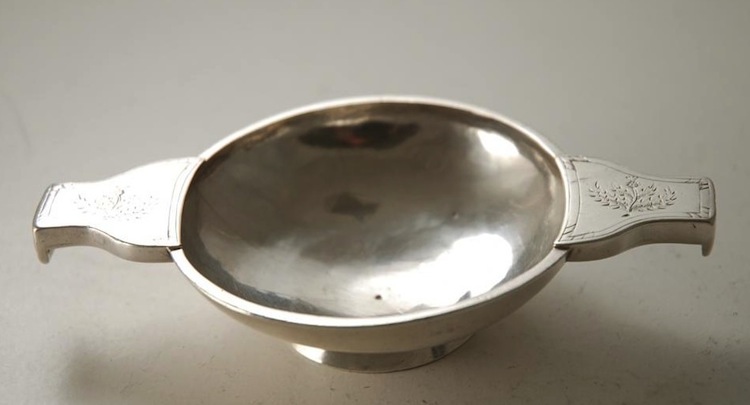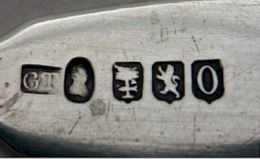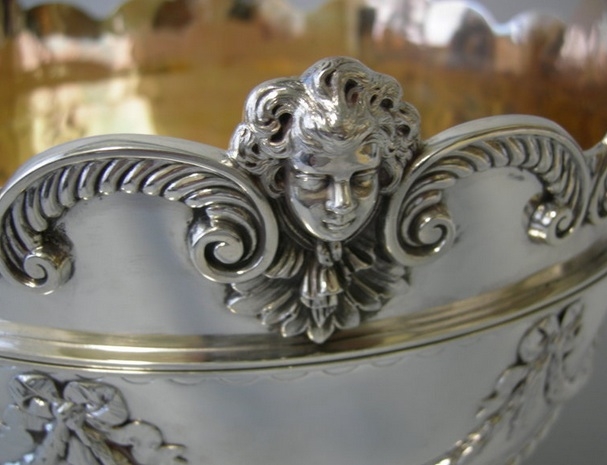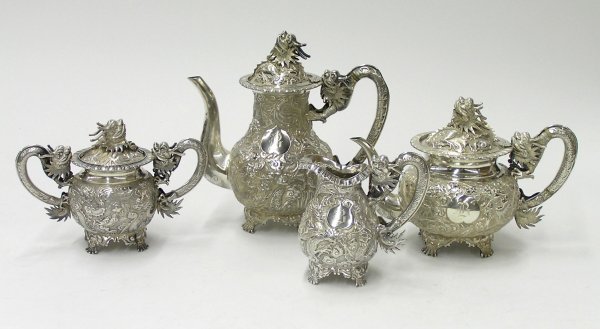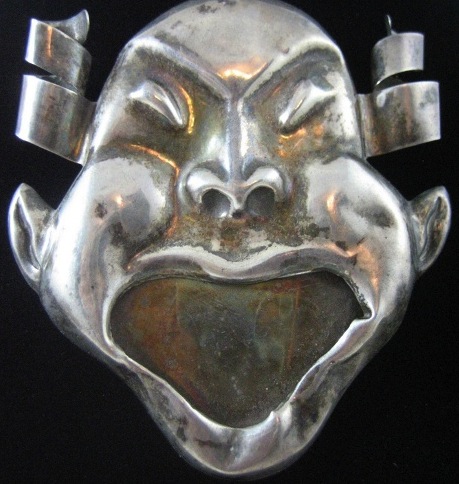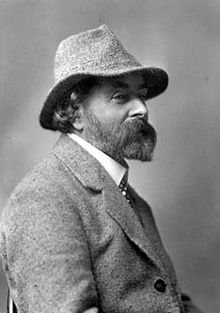GLASGOW, Scotland (1681 – 1964)
SCOTTISH PROVINCIAL SILVER
The characteristic traits of a people are reflected in the quality of their art, and so it is with the history of the early Scotch silversmiths. The austerity and simple tastes of the Scotchman are brought to notice by the work of the early craftsmen. The majority of silver articles made were definitely for practical use, rather than for purposes of decoration. Most of the early Scotch silver was used in churches, or else in the gentle art of drinking.
It is interesting to note that in the earliest days of silversmithing in Scotland, it was the general custom for the client to bring his own silver or gold to the craftsman to be wrought at his order.
Most of Provincial silver wasn’t presented for hallmarking to Edinburgh or Glasgow Assay Offices and silver was marked only with the maker’s initial and a punch usually inspired to the town symbol.
In this way the customer avoided to pay the Duty reimposed in 1784 and silversmith’s work was much less costly. As such there is much more Town marked plate than Duty marked by Provincial silversmiths for the period up to 1860.
Glasgow (closed 1964) Until 1819 only city mark, date letter and maker’s mark.

![]() TABLE OF GLASGOW DATE LETTERS • 1681 – 1948
TABLE OF GLASGOW DATE LETTERS • 1681 – 1948
City of Glasgow

 |  |
 |  |
GLASGOW MAKERS’ MARKS
| AM | Alexander Mitchell | JM | John Mitchell or J Murray |
| A & T | Aird & Thompson | LFN | Luke Newlands |
| DCR | Duncan Rait | PA | Peter Arthur |
| DMcD | David McDonald | RG & S | Robert Gray & Sons |
| JC | James Crichton | WP | WP William Parkins |
| JL | John Law |

